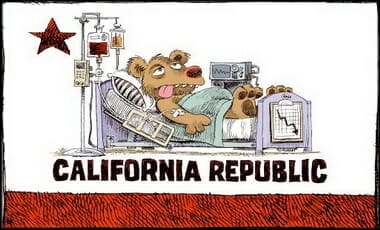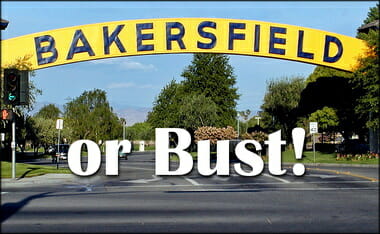More from the CALIFORNIA POLICY CENTER:
California’s new governor, Gavin Newsom, delivered an inaugural addressearlier this week that accurately reflected the mentality of his supporters. Triumphalist, defiant, and filled with grand plans. But are these plans grand, or grandiose? Will Governor Newsom try to deliver everything he promised during his campaign, and if so, can California’s state government really deliver to 40 million residents universal preschool, free community college, and single payer health care for everyone? It’s reasonable to assume that to execute all of these projects would cost hundreds – plural – of billions per year. Where will this money come from?
While California’s budget outlook currently offers a surplus in excess of $10 billion, that is an order of magnitude less than what it will cost to do what Newsom is planning. And this surplus, while genuine, is the result of an extraordinary, unsustainable surge in income tax payments by wealthy people. California’s tax revenues are highly dependent on collections from the top one-percent of earners, and over the past few years, the top one-percent has been doing very, very well. Can this go on?
[….]
A cautionary overview of the economic challenges facing California’s state government would not be complete without mentioning the neglected infrastructure in the state. For decades, this vast state, with nearly 40 million residents, has been falling behind in infrastructure maintenance. The American Society of Civil Engineers assigns poor grades to California’s infrastructure. They rate over 1,300 bridges in California as “structurally deficient,” and 678 of California’s dams are “high hazard.” They estimate $44 billion needs to be spent to bring drinking water infrastructure up to modern standards, and $26 billion on wastewater infrastructure. They estimate over 50 percent of California’s roads are in “poor condition.” In every category – aviation, bridges, dams, drinking water, wastewater, hazardous waste, the energy grid, inland waterways, levees, ports, public parks, roads, rail, transit, and schools, California is behind. The fix? Literally hundreds of additional billions.
What Governor Newsom might consider is refocusing California’s state budget priorities on areas where the state already faces daunting financial challenges, rather than acquiescing to the utopian fever dreams of his constituency and his colleagues.


